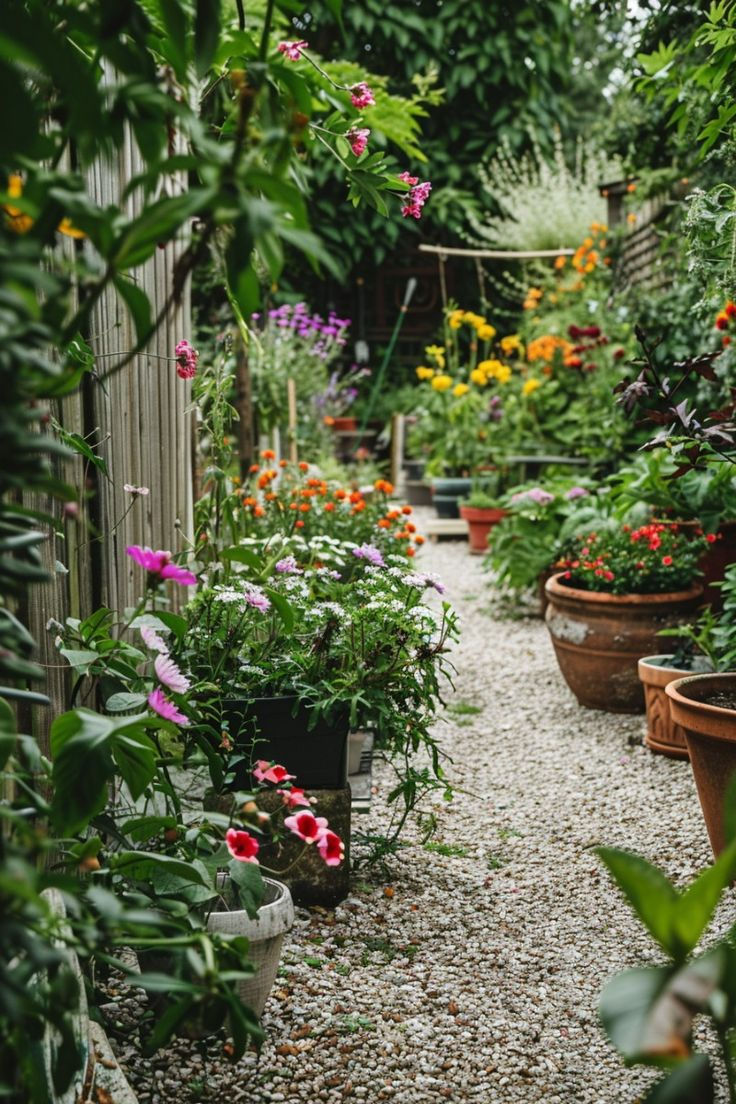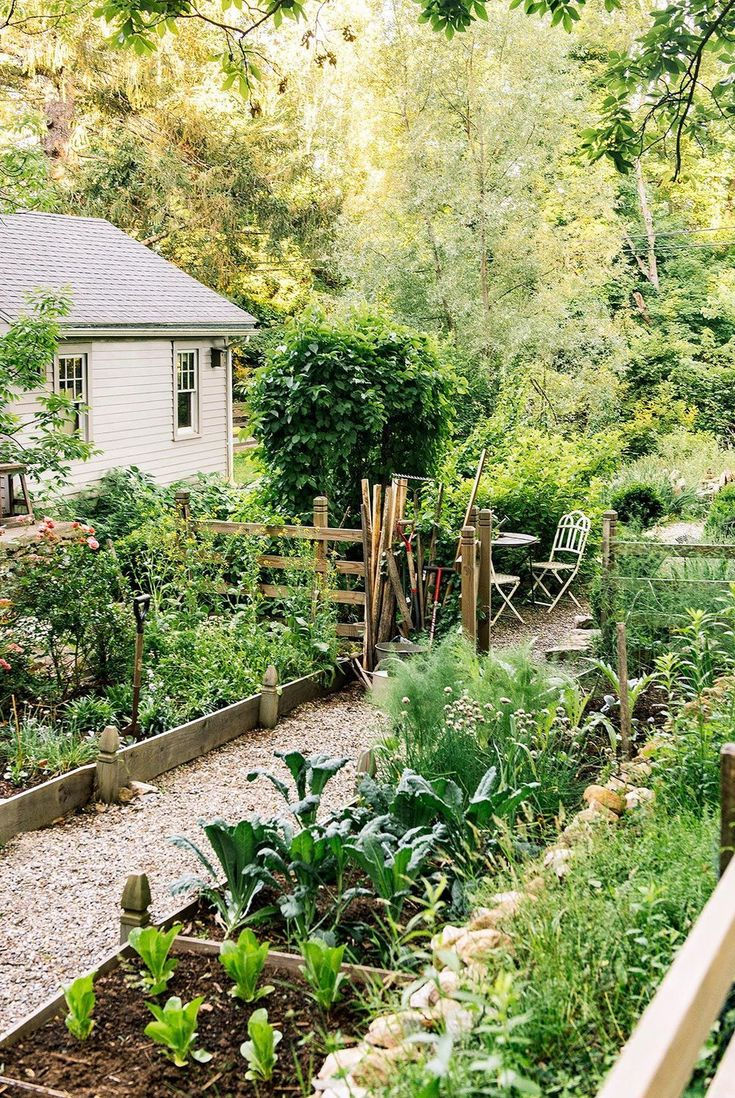Autumn is a magical time for gardeners. The air turns crisp, leaves transform into vibrant hues, and the garden begins to wind down from its summer peak. But for allotment owners, autumn isn't just about winding down; it's a pivotal season for preparing and maintaining the plot to ensure it thrives all year round.
This blog will guide you through essential autumn maintenance tasks for your allotment, introduce you to some delightful autumn flowers and bulbs to plant, and offer practical tips to keep your garden flourishing.

The Importance of Autumn Maintenance
Proper maintenance of your allotment during the Autumn months can make all the difference in the coming seasons. By focusing on key tasks now, you ensure that your garden remains healthy and productive.
Neglecting autumn chores can lead to a host of problems. Weeds can take over, soil can become compacted, and pests can find a home in the debris. Taking the time to care for your allotment now will reap rewards later.
Additionally, autumn is an excellent time to reflect on the past growing season. What worked well? What didn’t? Use these insights to make informed decisions for the future.
Clearing Out Summer Crops
One of the first tasks of autumn is clearing out the remnants of your summer crops. This not only tidies up your allotment but also prevents the spread of diseases and pests.
Start by removing any dead or dying plants. These can be added to your compost pile, provided they are disease-free. Be sure to remove any weeds as well, as they can compete with your autumn crops for nutrients.
Once your plot is cleared, mulch the soil to help retain moisture, suppress weeds, and improve soil structure. Organic materials like straw, leaves, or compost work well as mulch.
Planting Autumn Vegetables
Autumn is a fantastic time to plant a variety of vegetables. These crops can withstand cooler temperatures and will provide you with fresh produce well into the winter months.
Consider planting hardy greens like kale, spinach, and Swiss chard. These vegetables thrive in cooler weather and can even survive light frosts. Root vegetables like carrots, beets, and turnips are also excellent choices for autumn planting.
Don’t forget about garlic! Planting garlic in the autumn gives it a head start, allowing it to establish roots before winter. By the following summer, you’ll have a bountiful harvest of flavorful bulbs.
Sowing Cover Crops
Cover crops, or green manure, are an essential part of autumn allotment maintenance. These plants provide numerous benefits, including improving soil structure, preventing erosion, and adding vital nutrients back into the soil.
Legumes like clover or vetch can fix nitrogen in the soil, making it available for future crops. Grasses such as rye or oats are excellent for preventing soil erosion and adding organic matter.
Once your cover crops are established, allow them to grow through the winter. In early spring, turn them into the soil, providing a nutrient-rich start for your new plants.
Autumn Flowers to Brighten Your Plot
Who says your allotment has to be all vegetables? Adding autumn planting flowers to your plot can enhance its beauty and attract beneficial insects.
Consider planting chrysanthemums, known for their vibrant colours and long bloom time. Pansies and violas are also excellent choices, providing cheerful blooms that can withstand cooler temperatures.
For a touch of elegance, plant autumn crocuses. These delicate flowers bloom in the fall, adding a splash of colour when many other plants are starting to fade.

Planting Bulbs for Spring
Autumn is the ideal time to plant bulbs for a stunning spring display. By planning ahead, you can enjoy a burst of colour as soon as winter begins to wane.
Consider planting daffodils, tulips, and crocuses. These autumn planting bulbs are easy to grow and provide a variety of colours and shapes. Plant them in groups for a more natural look, and be sure to follow the planting depth recommendations on the package.
Alliums and hyacinths are also excellent choices for spring blooms. Alliums add architectural interest with their tall stems and spherical flowers, while hyacinths provide a lovely fragrance.
Protecting Plants from Frost
Frost can be a gardener’s worst enemy, but with a few precautions, you can protect your plants from its damaging effects. When frost is predicted, cover vulnerable plants with cloches, fleece, or even old blankets. Remove the covers during the day to allow the plants to breathe and receive sunlight.
Watering your plants before a frost can also help protect them. Moist soil retains heat better than dry soil, providing a buffer against freezing temperatures.
Finally, consider using windbreaks to protect your plants from cold winds. This can be as simple as placing straw bales or erecting a temporary fence around your plot.
Pruning and Tidying Perennials
Autumn is a great time to prune and tidy up your perennial plants. This not only keeps your allotment looking neat but also promotes healthy growth for the next season.
Start by removing any dead or diseased foliage. Cut back perennials that have finished flowering, but leave some seed heads for birds to enjoy over the winter.
Divide overcrowded perennials to rejuvenate them and create new plants for your garden. Replant the divisions, and water them well to help them establish before winter.
Preparing for Winter
With winter on the horizon, it’s important to take steps to protect your allotment and prepare it for the colder months ahead. Personally, I like to be safe and leave it to the landscaping Boise professionals. Of course, you can also do it yourself following the steps below.
First, clean and store your gardening tools. Remove any dirt or debris, and oil the metal parts to prevent rust. Store your tools in a dry, sheltered place.
Next, drain and store hoses to prevent them from freezing. Insulate outdoor taps to protect them from frost damage.
Finally, tidy up your plot. Remove any remaining debris, and add a layer of mulch to protect the soil. If you have a greenhouse, clean it thoroughly and check that it’s securely anchored.
Maintaining your allotment during the autumn months is crucial for ensuring a productive and beautiful garden year-round. By following these tips, you can prepare your plot for winter, plant stunning autumn flowers and spring bulbs, and help your allotment flourish!

Jenny Kakoudakis likes to blog about interiors. She launched award-winning Seasons in Colour in 2014 and the luxury interior design blog All The Pretty Homes in 2024.
When she is not chasing criminals out of the financial system (her day job), she gets creative by redecorating her own home.